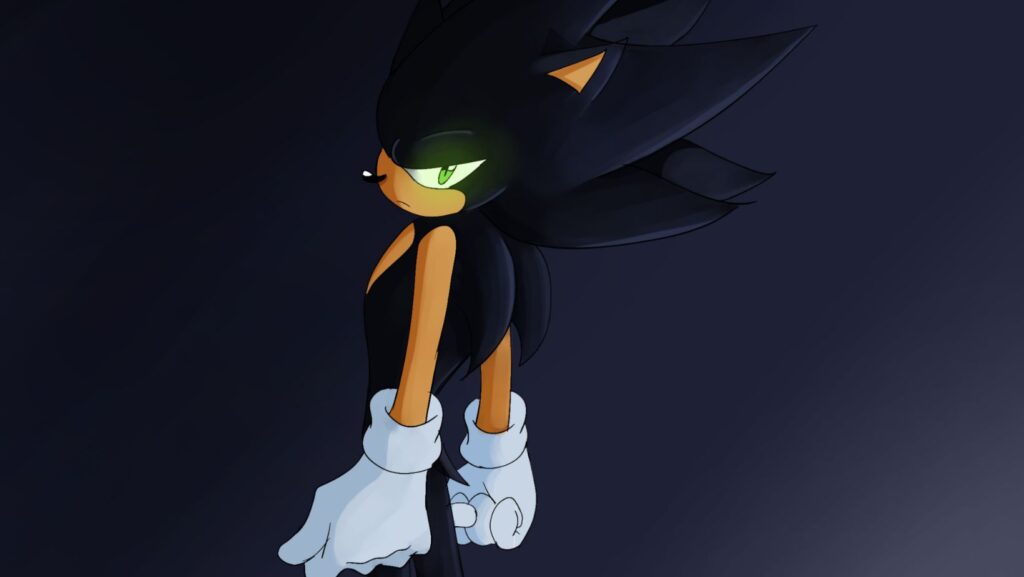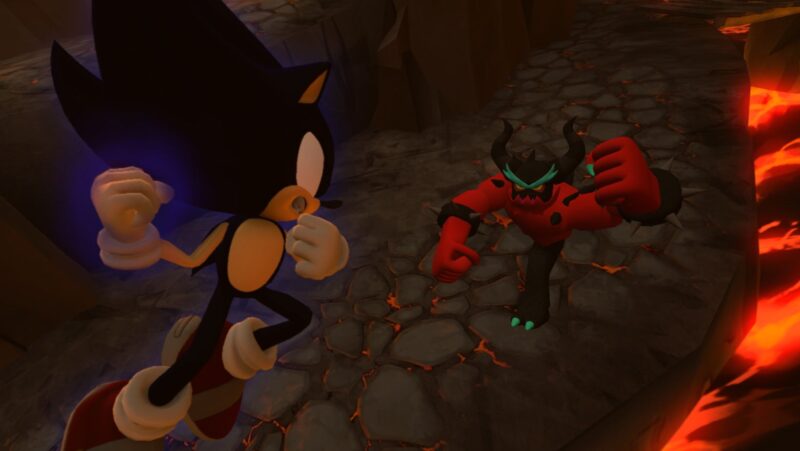
Unleashing a new perspective on a beloved character, let’s start solving the mystery behind Dark Sonic. This intriguing transformation of the iconic blue hedgehog from Sega’s popular franchise has captured the attention of fans worldwide. With its unique design and heightened abilities, Dark Sonic offers a tantalizing twist on the familiar hero.
Dark:cyi8nbfzmw8= Sonic

Signalizes a darker twist to the heroic persona, Dark Sonic embodies the wrath and despair which are unlike Sonic’s usual optimistic character. It presents an interesting layer to Sonic’s character, deftly illustrating the hero’s ability to experience a broad range of emotions.
This form, although powerful, doesn’t appear frequently. Dark Sonic’s fleeting appearances add an aura of mystery and intensified curiosity around its presence. It provides a compelling parallel between Sonic’s usual charismatic demeanor and his dark alter ego, adding depth to the overall narrative of Sega’s long-standing franchise.
The emergence of Dark Sonic exhibits the dynamic storytelling in Sonic’s universe, involving the use of emotions, power, and personality intricacies. It paints a picture of how characters evolve, implying the rich character development woven into the tapestry of the Sonic franchise.
Character Analysis of Dark Sonic

Unlike the cheery, lighthearted Sonic, Dark Sonic embodies fury and intense power. His eyes, typically green and full of life, turn white and lifeless—an eerie contrast to his familiar persona. Dark Sonic’s physical manifestations, such as his striking black fur and elongated spikes, showcase the severity of his transformation.
Examination of Dark Sonic’s development within the Sonic franchise offers insight into varying aspects of Sonic’s personality. It reveals the profound range of Sonic’s emotions, underlining the intricate nature of his character journey. It trends towards an exploration of how emotions can shape power, influencing both Sonic’s internal dynamics and external relations.
Visual and Audio Representation of Dark Sonic

In sonic cues, alterations exist as well. Sonic’s usual upbeat, fast-paced theme, indicative of his cheery character, transitions to a more sinister, slow, and intense one for Dark Sonic. Distinctive growls replace Sonic’s words, signifying his lost rationality. The combination of dramatic visual changes and stark sound effects ensures the audience feels Sonic’s emotional transformation and the potential devastation his rage can invoke. The stark depiction of Dark Sonic presents the duality of Sonic’s persona, further enriching the character’s depth and storyline.
Dark Sonic’s Role in Sonic Games and Series
Dark Sonic’s presence has undoubtedly enriched the Sonic universe, adding layers of complexity to the franchise’s main character. This alter ego’s sporadic appearances, triggered by intense anger, have offered viewers a glimpse into Sonic’s emotional spectrum, revealing a darker side to the usually optimistic hero. The physical and auditory transformations that accompany Dark Sonic’s emergence have been instrumental in highlighting this shift in character, creating a captivating contrast that enhances the narrative’s intrigue.
Sonic’s speed and power, amplified in his darker form, underscore the potential consequences of his rage, adding a sense of urgency and tension to the storyline. Ultimately, Dark Sonic serves as a potent symbol of the interplay between emotions, power, and personality, enriching Sonic’s character development and the overall storytelling depth of the series.












